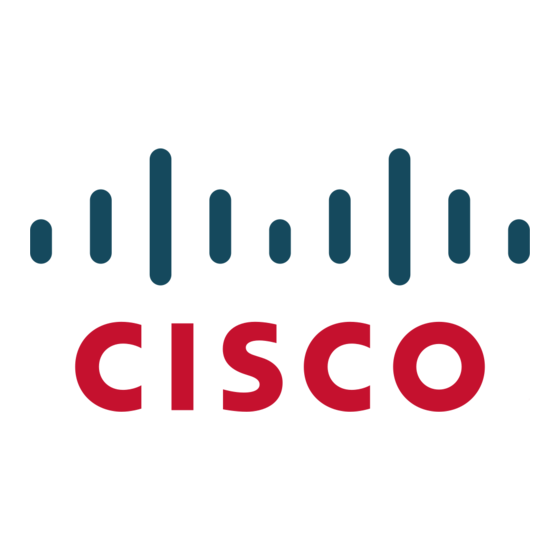Feature
Network-Wide Security
Features
continued
Quality of Service (QoS)
All contents are Copyright © 2002 Cisco Systems, Inc. All rights reserved. Important Notices and Privacy Statement.
Benefit
• IGMP Filtering provides multicast authentication by filtering out non-subscribers and
limits the number of concurrent multicast streams available per port.
• Support for dynamic VLAN assignment through implementation of VLAN Membership
Policy Server (VMPS) client functionality provides flexibility in assigning ports to
VLANs. Dynamic VLAN enables fast assignment of IP address.
• Cisco CMS Software Security Wizards ease the deployment of security features for
restricting user access to a server, a portion of the network or access to the network.
Overview
• The switches support the aggregate QoS model by enabling classification, policing/
metering, and marking functions on a per-port basis at ingress and queuing/
scheduling function at egress.
• The switches support configuring QoS ACPs on all ports to ensure proper policing and
marking on a per-packet basis using ACPs. Up to four ACPs per switch are supported in
configuring either QoS ACPs or security filters.
QoS Classification Support at Ingress
• The switches support QoS classification of incoming packets for QoS flows based on
Layer 2, Layer 3, and Layer 4 fields.
• The following Layer 2 fields or a combination can be used for classifying incoming
packets to define QoS flows: source MAC address, destination MAC address, 16-bit
Ethertype.
The switches support identification of traffic based on Layer 3 ToS field – DSCP values.
• The following Layer 3 and 4 fields or a combination can be used to classify incoming
packets to define QoS flows: source IP address, destination IP address, TCP source or
destination port number, UDP source or destination port number.
QoS Metering/Policing at Ingress
• Support for metering/policing of incoming packets restricts incoming traffic flows to a
certain rate.
• The switches support up to 6 policers per LRE port, and 60 policers on a Gigabit
Ethernet port.
• The switches offer granularity of traffic flows at 1 Mbps on LRE ports, and 8 Mbps on
Gigabit Ethernet ports.
QoS Marking at Ingress
• The switches support marking/re-marking packets based on state of policers/meters.
• The switches support marking/re-marking based on the following mappings: from
DiffServ Code Point (DSCP) to 802.1p, and 802.1p to DSCP .
• The switches support 14 well-known and widely used DSCP values.
• The switches support classifying or reclassifying packets based on default DSCP per
port. Also support classification based on DSCP-values in ACL.
• The switches support classifying or reclassifying frames based on default 802.1p value
per port.
• The switches support 802.1p override at ingress.
QoS Scheduling Support at Egress
• Four queues per egress port are supported in hardware.
• The Weighted Round Robin (WRR) queuing algorithm ensures that low-priority queues
are not starved.
• Strict-priority queue configuration via Strict Priority Scheduling ensures that
time-sensitive applications such as voice always follow an expedited path through the
switch fabric.
Cisco Systems, Inc.
Page 11 of 19

